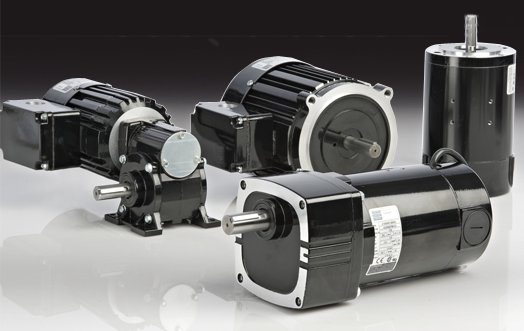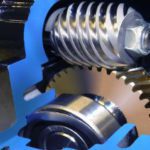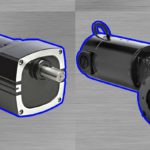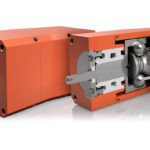This is the last in a multi-part series on gear reducers. In this last part we look at some additional considerations for selecting the optimal gear reducer. (Click for Part 1 and Part 2.)
The information here is supplied by Bodine Electric Company.
Aside from having the required technical specifications for selecting the right gear reducers, what other considerations are there? A few of the more common ones are discussed below.
Ambient temperature
An important but sometime overlooked consideration is temperature. For instance, motor ratings are based on a certain ambient temperature, typically 40 ˚C. If the application is a continuous duty one with a higher ambient temperature, then it may require a motor with a higher torque rating than calculated.
Duty cycle
For motors and gear reducers, duty cycle can influence the temperature rise in motors and impact the gear wear rate. If the application has an intermittent duty cycle, it may be able to use a motor with a lower torque rating than calculated. However, the frequent starts and stops can reduce gear expected life. This is also related to the service factors that gear manufacturers publish in their catalogs.

Form factor
The form factor is another parameter that can influence operation. For instance, when using dc motor speed controls, the form factor of the output dc voltage from the control can impact the motor size and the gear ratio, and if a gear reducer is needed at all. One thing that raises motor temperature are unfiltered controls. This means that a larger motor than calculated might be needed, particularly if the duty cycle is continuous. The motor speed would also be slower because such controls have a lower output voltage than filtered controls. That’s why it’s so critical to use the correct motor speed when calculating the gear ratio.
Radial and axial loads
Loading can impact motor bearings as well. In particular, motors have different types and sizes of bearings that each have different radial and axial loading capacities. Here again, a larger motor than calculated may be required depending on the load capacities. For instance, applications with high radial load such as pinch rollers and belt drives may require a larger motor. But also applications with high axial load such as lead screws may require a larger motor too. By larger in this sense is meant a motor that is more physically robust, not necessarily one that has more output power.







Leave a Reply
You must be logged in to post a comment.